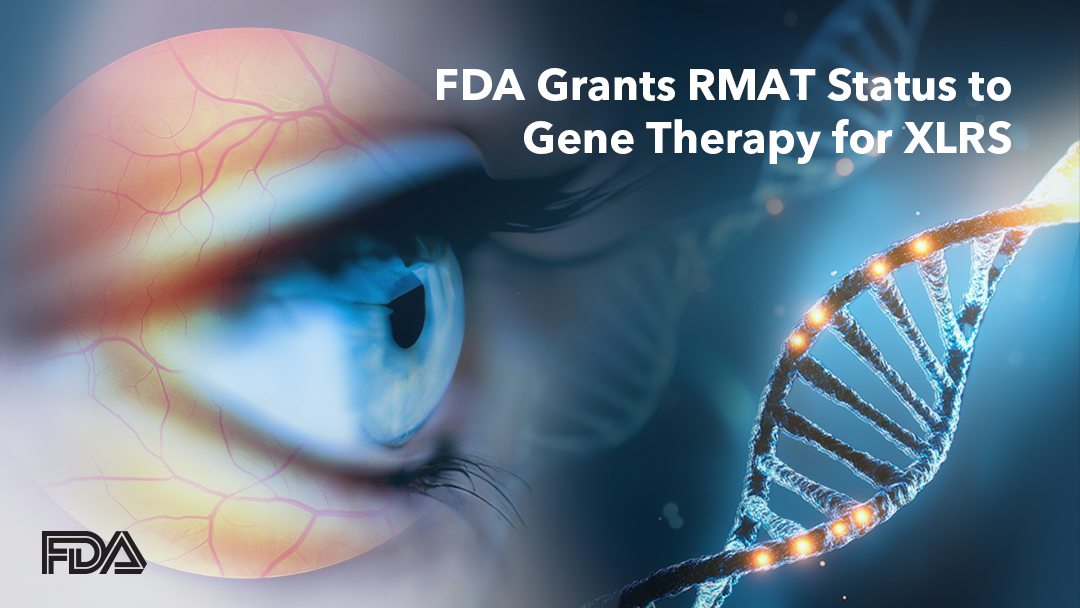The designation aims to expedite development of ATSN-201 for X-linked retinoschisis, a rare inherited retinal disease with no approved treatment.
The US Food and Drug Administration (FDA) has granted its Regenerative Medicine Advanced Therapy (RMAT) designation to Atsena Therapeutics’ (North Carolina, USA) ATSN-201, a novel gene therapy candidate for treating X-linked retinoschisis (XLRS).
Atsena Therapeutics announces the news on its LinkedIn page.
The RMAT designation is now the fourth regulatory designation awarded to ATSN-201. It has previously received Fast Track, Rare Pediatric Disease and Orphan Drug designations.
READ MORE: Atsena Receives FDA RPD Designation and Fast Track Designation for ATSN-201
“We’re honored that the FDA has granted Regenerative Medicine Advanced Therapy (RMAT) designation to ATSN-201, further underscoring its potential to address the urgent, unmet need in XLRS—a rare inherited retinal disease with no approved treatments,” said Patrick Ritschel, chief executive officer of Atsena Therapeutics, in a news release.
ATSN-201 utilizes AAV.SPR, Atsena’s proprietary spreading capsid, to deliver therapeutic gene expression to photoreceptors in the central retina. The technology is designed to avoid the surgical risks associated with foveal detachment by enabling lateral spread of the gene therapy beyond the subretinal injection site.
Dr. Kenji Fujita discusses Atsena’s ATSN-201 on the Cell & Gene podcast.
XLRS is an inherited retinal disease caused by mutations in the RS1 gene. It is characterized by schisis, or abnormal splitting of the retinal layers, which leads to vision loss and is primarily diagnosed in males during early childhood. According to Atsena’s news release, approximately 30,000 males in the United States and European Union are affected by the condition.
The safety and tolerability of ATSN-201 are currently being evaluated in the ongoing Phase I/II LIGHTHOUSE clinical trial (NCT05878860). The trial is a dose-escalation and dose-expansion study enrolling male patients aged six years and older with genetically confirmed XLRS.
READ MORE: The Promise of Gene Therapy in Retinal Disorders
Established under the 21st Century Cures Act, the RMAT program is intended to expedite development and review of promising regenerative medicine therapies for serious or life-threatening diseases. The designation offers sponsors enhanced FDA guidance, early interactions to discuss potential surrogate endpoints and accelerated approval pathways, and eligibility for priority review of the biologics license application.
“This regulatory momentum, coupled with the recent close of our oversubscribed $150 million Series C financing, reinforces our commitment to advancing meaningful gene therapies that have the potential to improve vision and quality of life for individuals living with XLRS and other inherited retinal diseases,” Ritschel said.
READ MORE: LIGHTHOUSE Study Evaluating ATSN-201
Editor’s Note: See the full press release on ATSN-201’s RMAT designation for more. This content is intended exclusively for healthcare professionals. It is not intended for the general public. Products or therapies discussed may not be registered or approved in all jurisdictions, including Singapore.



